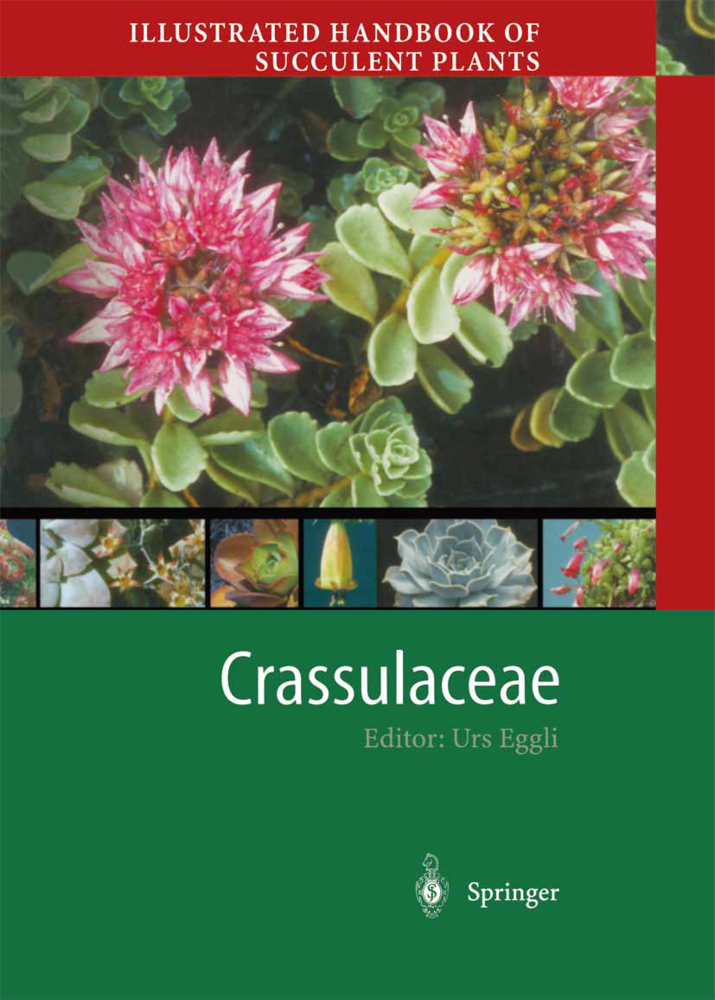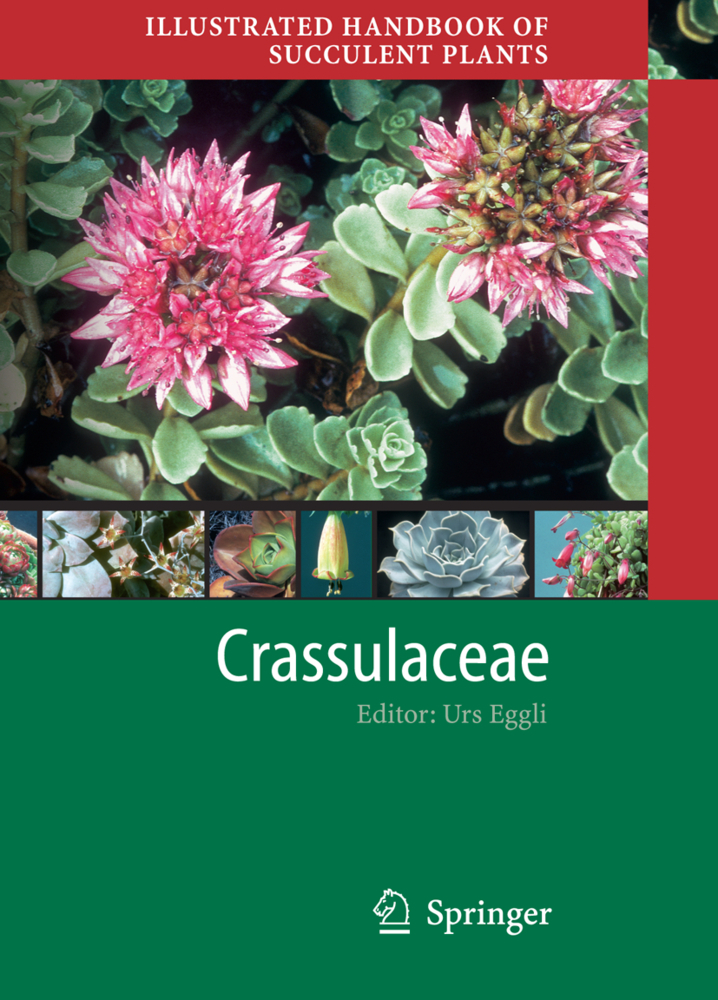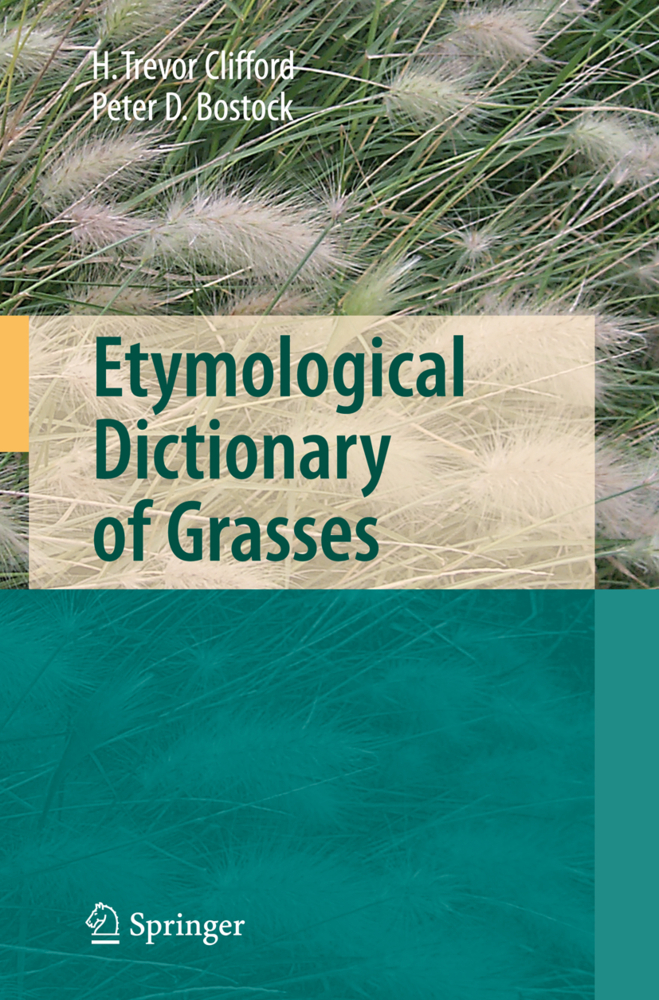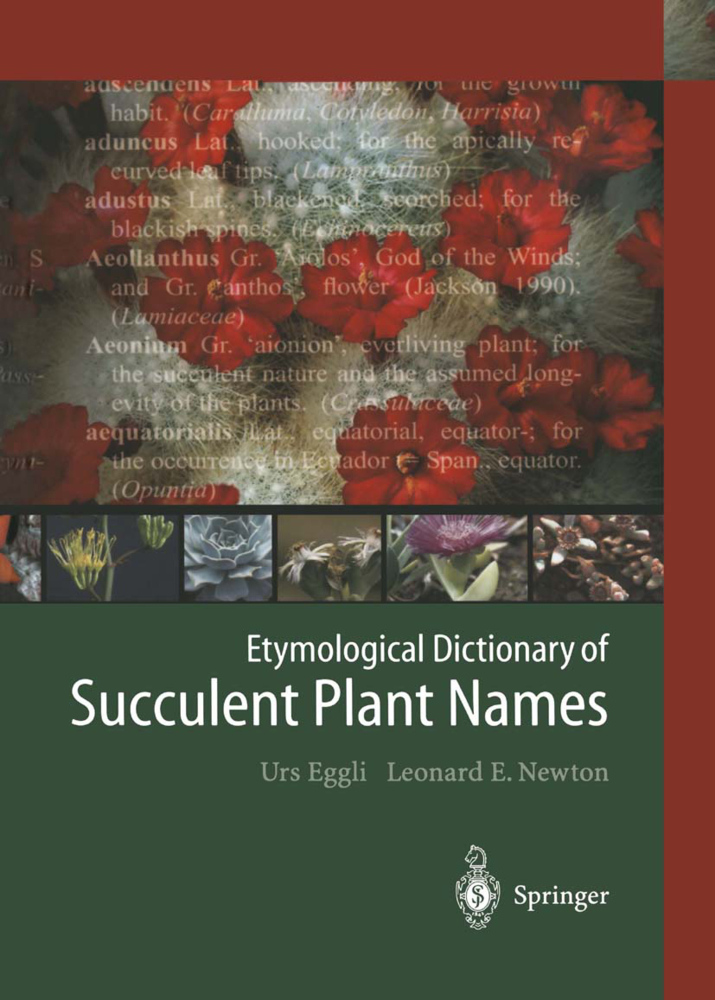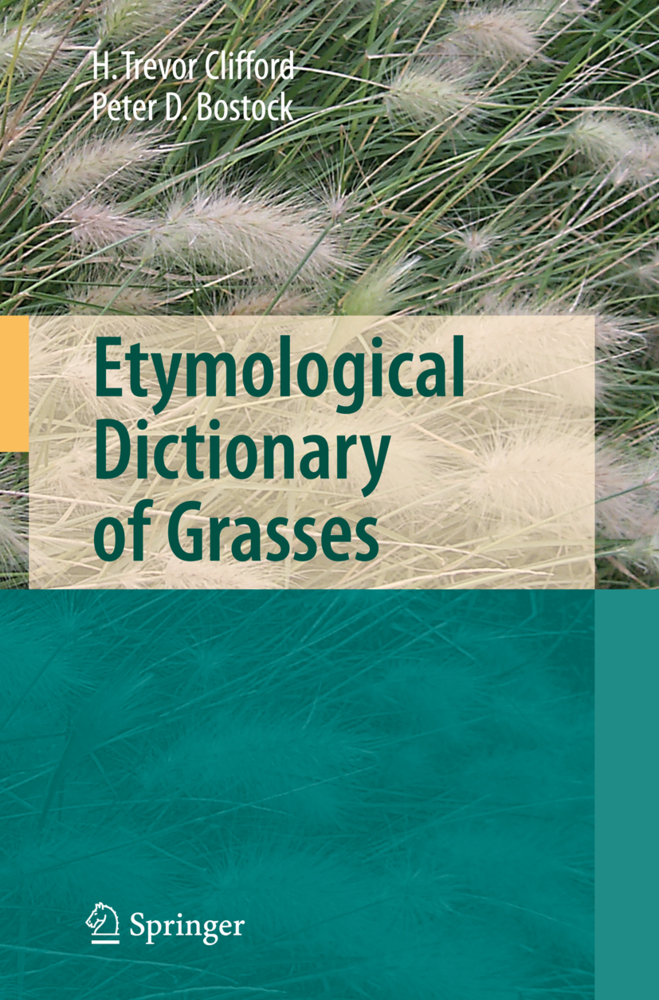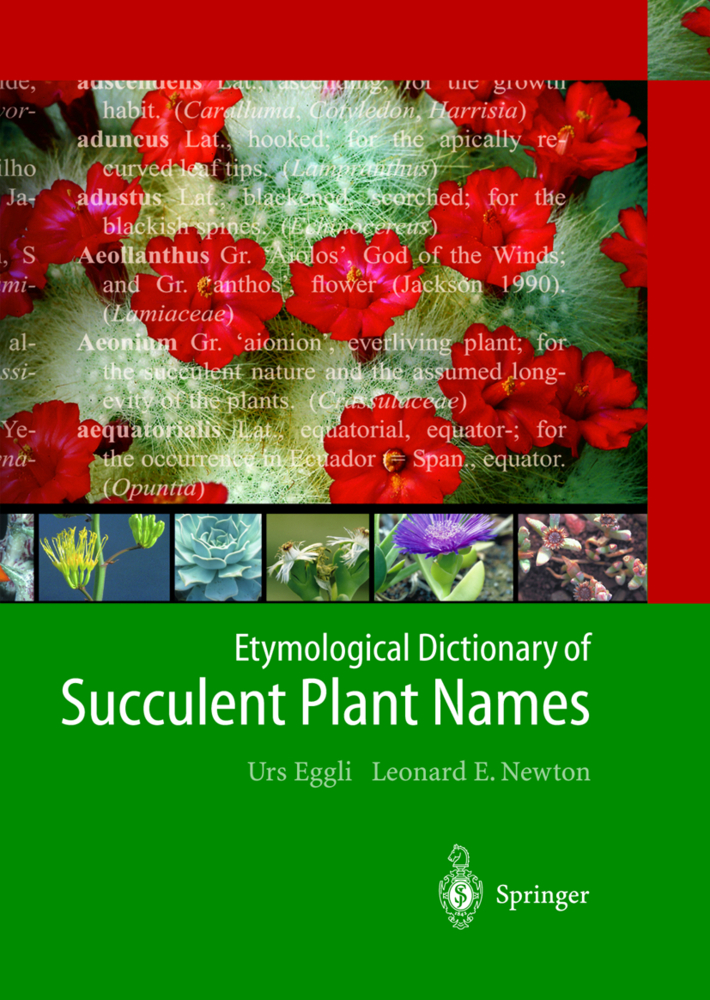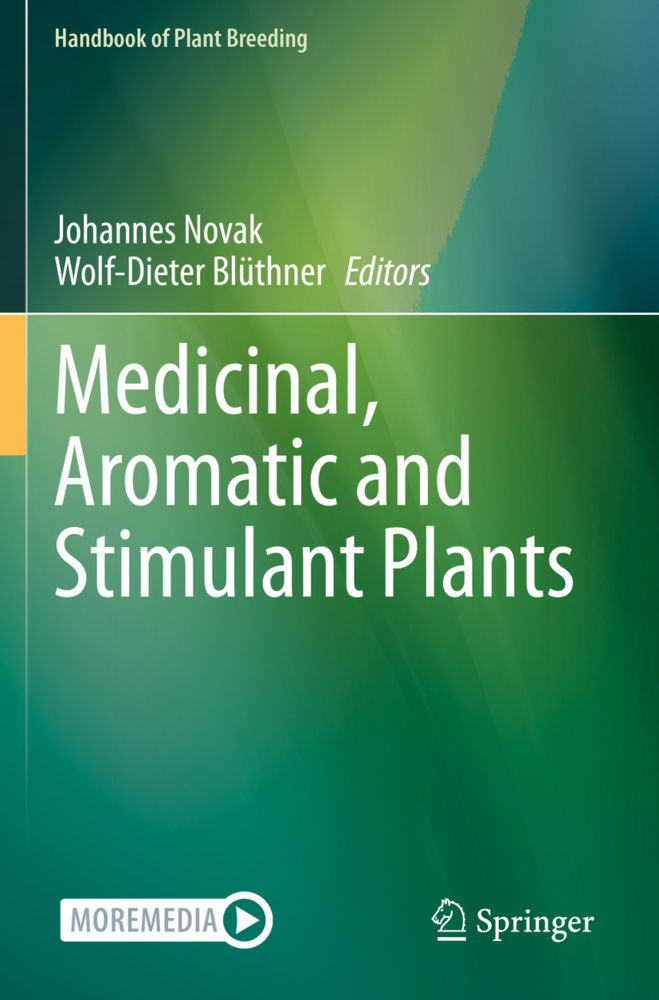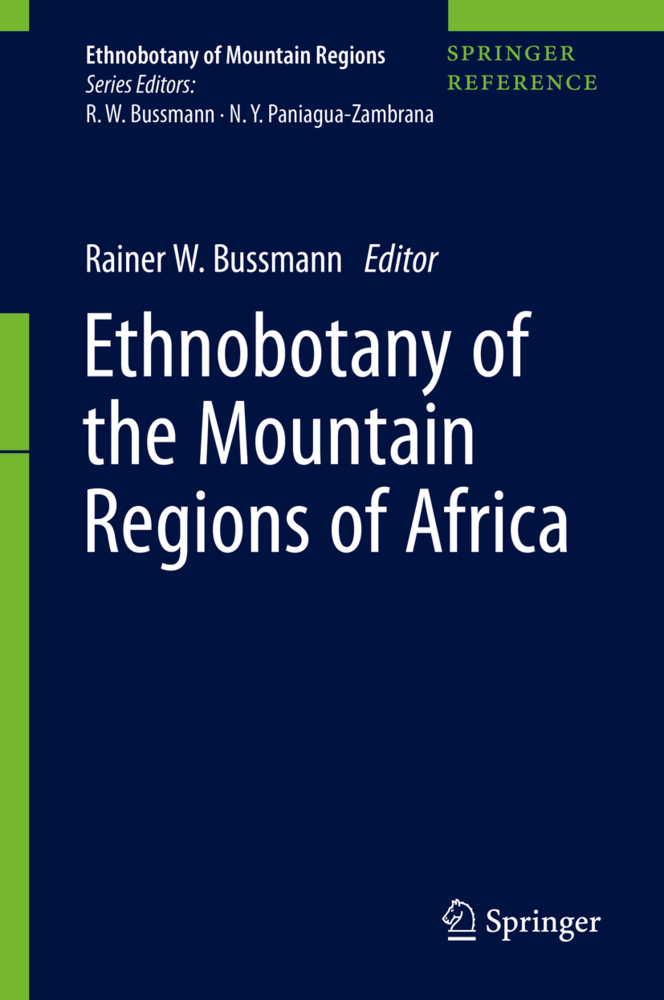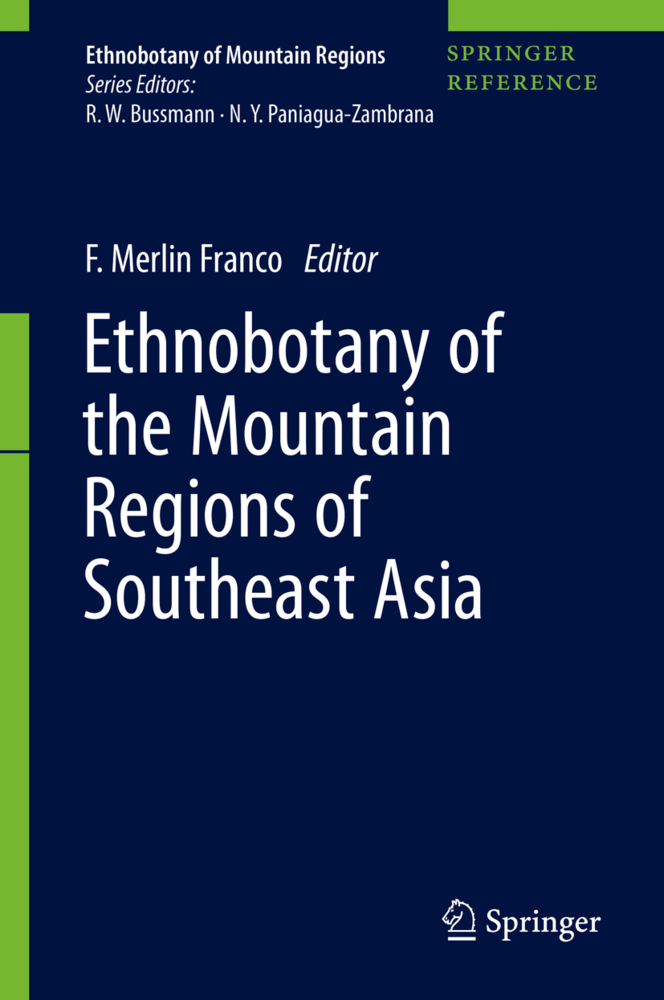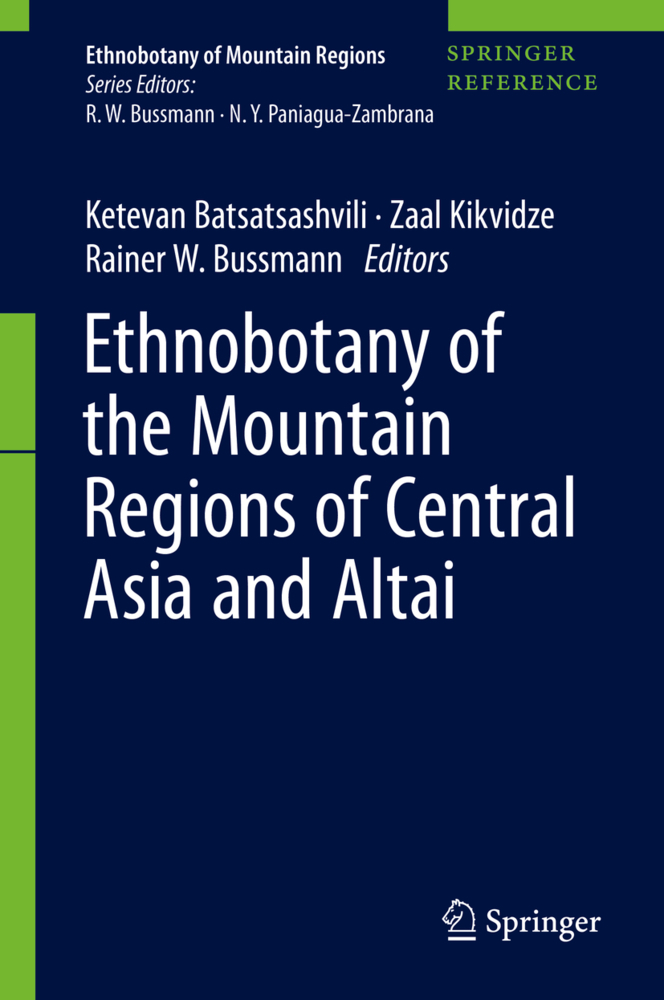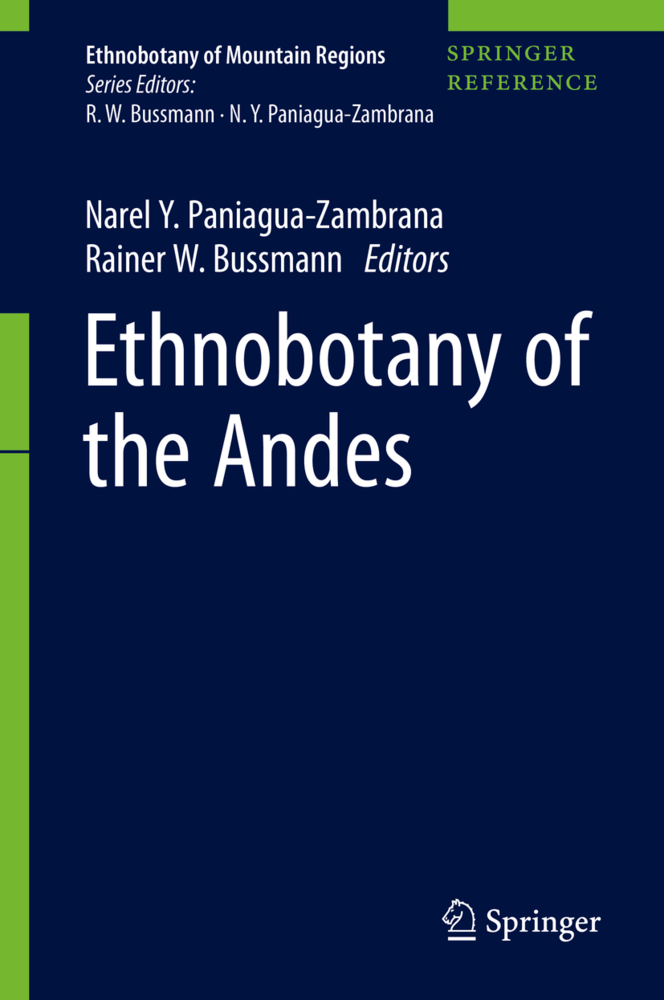Illustrated Handbook of Succulent Plants: Crassulaceae
Illustrated Handbook of Succulent Plants: Crassulaceae
The present volume covering the Crassulaceae marks the completion of the successful handbook series that presents a complete coverage of the so-called "other" succulents, i.e. of all taxa of suc culent plants with the exception of the Cactaceae. It is with pride that this volume is now put before the public. Together with its predecessors, it is the fruit of a truly international project. Not only does the present volume constitute the first complete synopsis of the large and horticulturally important family Crassulaceae published since the treatment by Berger (1930), but the handbook series as a whole is a landmark in succulent plant literature. The history of the project that eventually led to the publication of the present handbook series was outlined in the Preface to the Monocotyledons Volume, published in the summer of 2001. A short summary of its history will therefore suffice. Handbooks devoted to succulent plants (including cacti) have a long-standing tradition. First treatments covering the family Cactaceae were already published in the 19th century, but the first handbook dealing with the so-called "other succulents", authored by Hermann Jacobsen, was only published in 1954 - 1955, then called "Handbuch der sukkulenten Pflanzen". A revised and en larged English edition was published in 1959 and was repeatedly reprinted subsequently.
How to Use This Handbook
Scope of Information Presented
Crassulaceae
Adromischus (28/9)
Aeonium (36/6)
Afrovivella (1/0)
Aichryson (14/0)
Cotyledon (10/5)
Crassula (195/88)
xCremnadia
xCremneria (1/0)
x Cremnopetalum
Cremnophila (2/0)
Cremnosedum
xCremsonella
xDudleveria
Dudleya (47/20)
Echeveria (139/28)
xGrapsonella
xGraptoladia
Graptopetalum (16/2)
xGraptophytum
xGraptosedum
xGraptoveria
Hylotelephium (27/17)
Hypagophytum (11/0)
Kalanchoe (144/11)
xLenaptopetalum
Lenophyllum (7/0)
xLenophytum
xLenoveria
Meterostachys (11/0)
Monanthes (9/1)
Orostachys (12/4)
xPachyladia
Pachyphytum (15/0)
xPachysedum
xPachyveria
Perrierosedum (1/0)
Phedimus (18/0)
Pistorinia (3/0)
Prometheum (8/1)
Pseudosedum (12/1)
Rhodiola (58/15)
Rosularia (17/9)
xSedadia
Sedella (3/0)
xSedeveria
Sedum (428/69)
Sempervivum (63/16)
Sinocrassula (7/7)
Thompsonella (6/0)
xThompsophytum
xThompsosedum
xThompsoveria
Tylecodon (46/4)
Umbilicus (14/1)
Villadia (21/1)
xVilleveria
References
Taxonomic Cross-Reference Index.
Content
What is a Succulent?How to Use This Handbook
Scope of Information Presented
Crassulaceae
Adromischus (28/9)
Aeonium (36/6)
Afrovivella (1/0)
Aichryson (14/0)
Cotyledon (10/5)
Crassula (195/88)
xCremnadia
xCremneria (1/0)
x Cremnopetalum
Cremnophila (2/0)
Cremnosedum
xCremsonella
xDudleveria
Dudleya (47/20)
Echeveria (139/28)
xGrapsonella
xGraptoladia
Graptopetalum (16/2)
xGraptophytum
xGraptosedum
xGraptoveria
Hylotelephium (27/17)
Hypagophytum (11/0)
Kalanchoe (144/11)
xLenaptopetalum
Lenophyllum (7/0)
xLenophytum
xLenoveria
Meterostachys (11/0)
Monanthes (9/1)
Orostachys (12/4)
xPachyladia
Pachyphytum (15/0)
xPachysedum
xPachyveria
Perrierosedum (1/0)
Phedimus (18/0)
Pistorinia (3/0)
Prometheum (8/1)
Pseudosedum (12/1)
Rhodiola (58/15)
Rosularia (17/9)
xSedadia
Sedella (3/0)
xSedeveria
Sedum (428/69)
Sempervivum (63/16)
Sinocrassula (7/7)
Thompsonella (6/0)
xThompsophytum
xThompsosedum
xThompsoveria
Tylecodon (46/4)
Umbilicus (14/1)
Villadia (21/1)
xVilleveria
References
Taxonomic Cross-Reference Index.
Eggli, Urs
| ISBN | 978-3-642-62629-6 |
|---|---|
| Artikelnummer | 9783642626296 |
| Medientyp | Buch |
| Auflage | Softcover reprint of the original 1st ed. 2003 |
| Copyrightjahr | 2012 |
| Verlag | Springer, Berlin |
| Umfang | XIII, 506 Seiten |
| Abbildungen | XIII, 506 p. |
| Sprache | Englisch |

